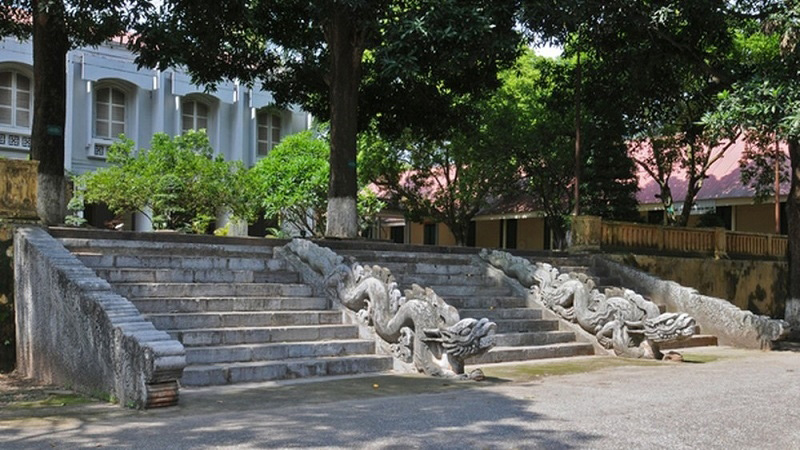


|
|
|
|
The plan
was unveiled by Hanoi Chairman Nguyen Duc Chung at a conference on January
18.
Chung said
the Kinh Thien (Revering Heaven) Palace was the centre of the former imperial
citadel so it should be restored as soon as possible, adding that the capital
city has arranged sufficient funds for the project.
According
to historical records, the palace was constructed in 1428 under the reign of
Emperor Le Thai To and was the venue for imperial ceremonies, receptions for
foreign ambassadors and where the court discussed national matters.
In the late
19th century when Vietnam was under French rule, the Kinh Thien Palace was
destroyed with only the foundations and stone dragons on the two sides of the
steps surviving.
Researchers
stated that most of the palace’s components such as the foundations, the
front courtyard, the imperial footway and hallway, roof tiles and decorations
have been studied thoroughly.
The missing
pieces are only the interior layout and the north-south dimension of the
palace and will be further studied.
In 2019
Hanoi also plans to revamp the archaeological site of 18 Hoang Dieu, plant
more trees and create a public walking space in harmony with the nearby
National Assembly House.
Furthermore,
an imperial lantern festival of the Ly and Tran Dynasties designed to pray
for peace and longevity is also expected to be re-enacted at the Thang Long
Citadel.
|
Source: NDO